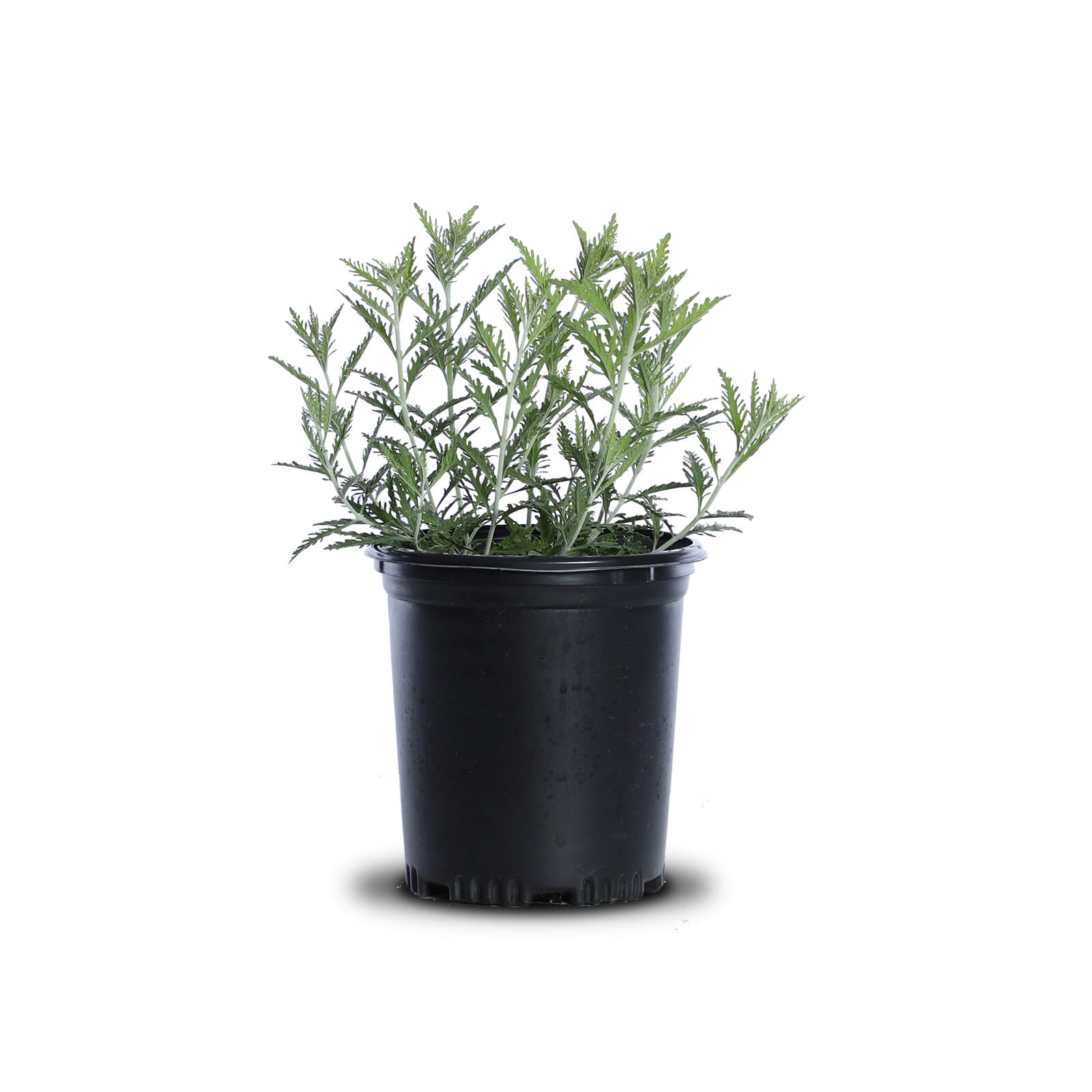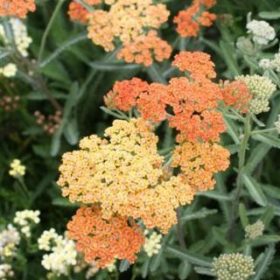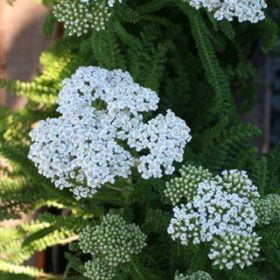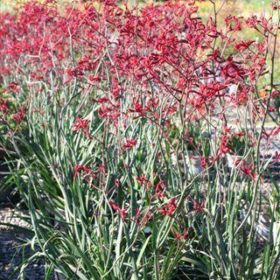Russian Sage
Perovskia atriplicifolia
A shrubby deciduous perennial that is neither a sage, nor native to Russia, despite its common name of Russian Sage. Native to western Asia, this vigorous and hardy drought-tolerant plant is a popular selection because of its ability to attract pollinators, and its summer display of airy, branched stalks of lavender-blue flowers above a bed of fine, aromatic, gray-green leaves. Thriving in summer heat, this makes a wonderful companion to perennial borders and beds, containers, or mass planted on a hillside as showy groundcover.
$11.99 – $30.99
Container Size: 1 gallon | 5 gallon
+ More information about container sizes
Full Sun
Moderate
Low, Moderate
Summer





